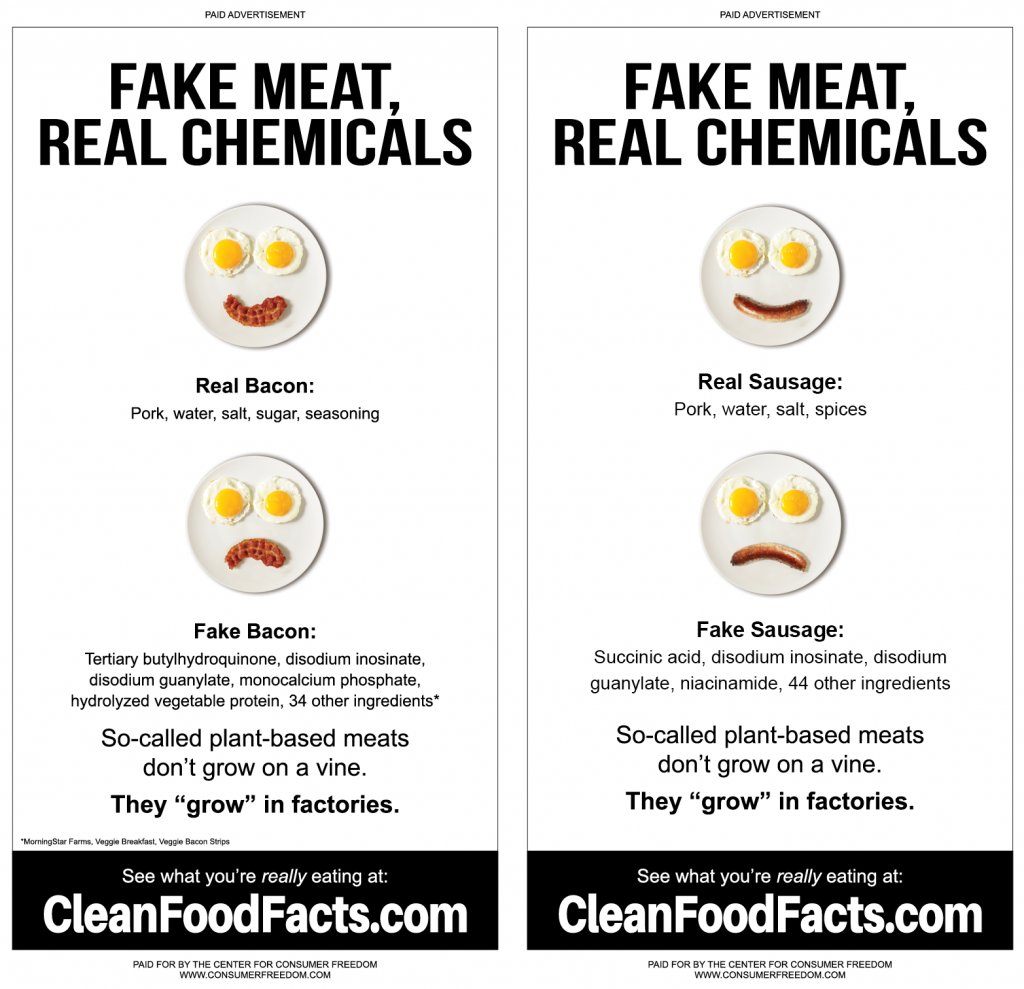In our previous publications Small Choices, Big Bodies and An Epidemic of Obesity Myths, we presented a view of the scientific literature that often isn’t found in the media or is ignored by obesity activists who seek heavy-handed government policies to fight fat. Every now and then, it’s helpful to review some of the more recent literature to get a more comprehensive perspective than the “snack food is bad” or “restaurants cause obesity” noise out there provides consumers. As the research presented below indicates, some of the conventional talking points aren’t as solid as activists often act. Simplifying obesity down to a few “bad” foods or overlooking the role of modern society’s reduction of daily activity isn’t going to cut it anymore.
Snacking
A study this year in the American Journal of Clinical Nutrition determined: “Snackers, compared with nonsnackers, were less likely to be overweight or obese and less likely to have abdominal obesity.”
A November 2009 study in the International Journal of Obesity discovered: “Body weight after 8 weeks of snack consumption was not affected by moment of consumption and energy density of snacks. This finding suggests that consuming snacks that are high or low in energy density does not necessarily contribute to weight gain.”
As for the old canard that schools must be purged of “junk food,” RAND researchers offer a cautionary note: “We find that competitive food availability generates in-school purchases of junk foods, but contrary to common concerns, there is no significant effect on children’s [body mass index]. Nor do we observe significant changes in overall consumption of healthy and unhealthy foods, and in physical activity.”
Physical Activity
A 2008 study in the Journal of Physical Activity and Health found what may sound obvious: “Walking and bicycling are far more common in European countries than in the United States, Australia, and Canada. Active transportation is inversely related to obesity in these countries. Although the results do not prove causality, they suggest that active transportation could be one of the factors that explain international differences in obesity rates.”
Writing in the journal Urban Ecology, researchers found that sprawl led to less physical activity (probably due to more driving): “Residents of sprawling counties were likely to walk less during leisure time, weigh more, and have greater prevalence of hypertension than residents of compact counties.”
A 2008 review of the evidence, published in Nutrition Reviews, found: “Availability of healthy versus unhealthy food was inconsistently related to obesity, while neighborhood features that discourage physical activity were consistently associated with increased body mass index.”
And lastly, a 2008 editorial in the journal Obesity cautioned against one common tactic in the fight against childhood obesity: “[T]rying to limit [children’s] energy intake may run counter to the biological demands of growth. Thus, intervention trials may be more effective if we increase the emphasis on vigorous [physical activity] and reduce the degree to which we advise growing youths to restrict their energy intake.”
Restaurants
A 2008 British study in the International Journal of Pediatric Obesity determined: “[T]his study provides little support for the concept that exposure to fast food outlets in the local neighbourhood increases risk of obesity.”
Research published in the journal Social Science & Medicine in 2009 found that food close to home doesn’t equal weight gain: “[M]ultiple food options within a neighborhood reduce BMI/obesity risk, relative to no food options, for individuals living in either low-income or non-low neighborhoods.”




